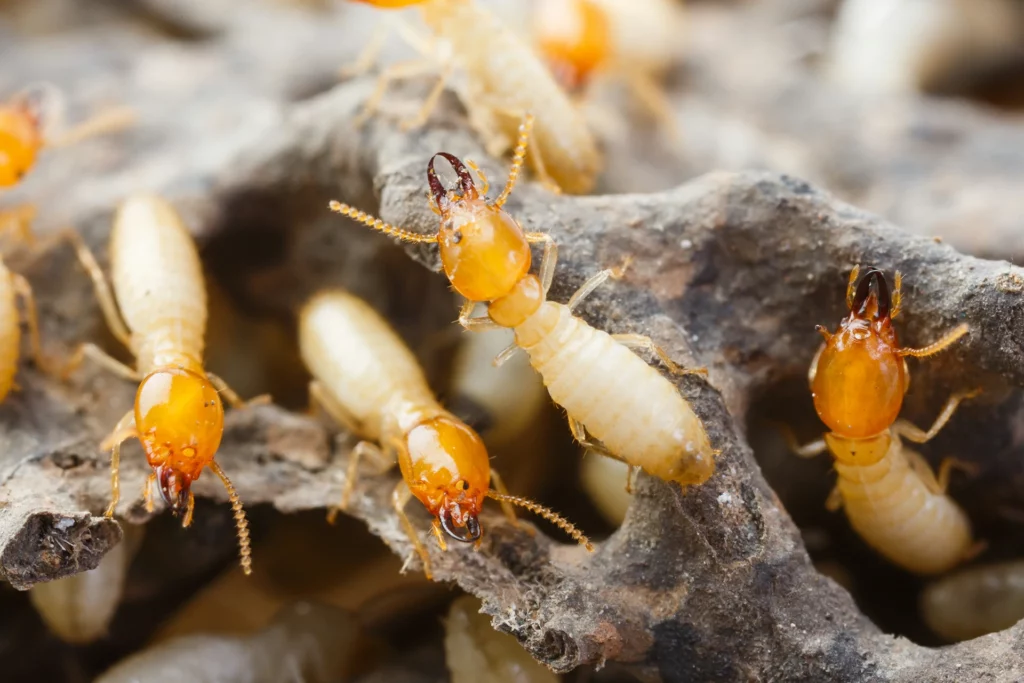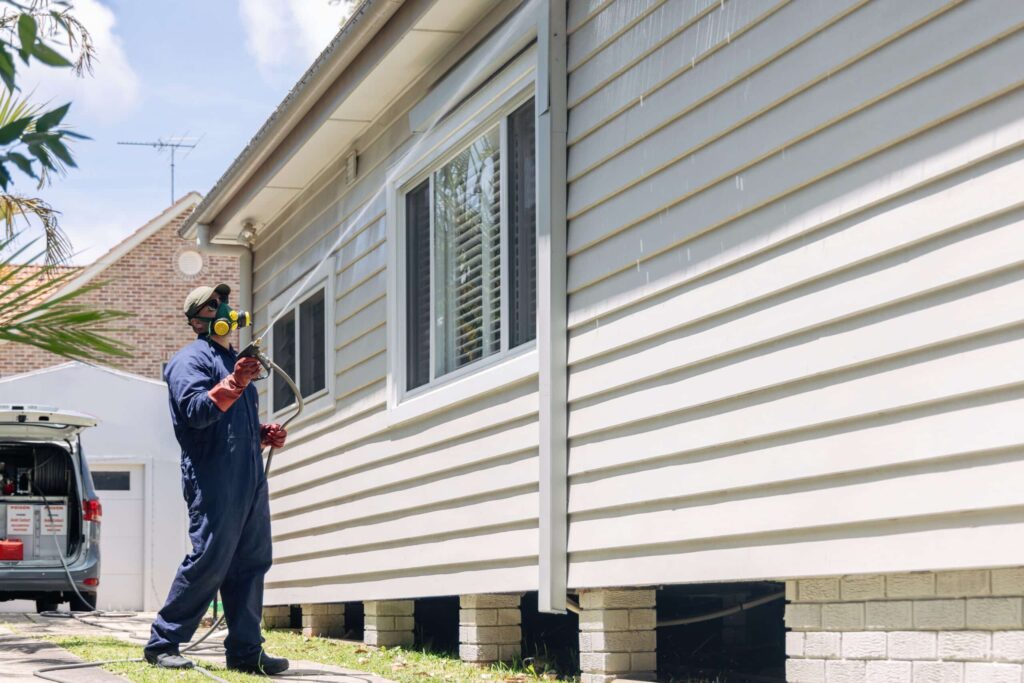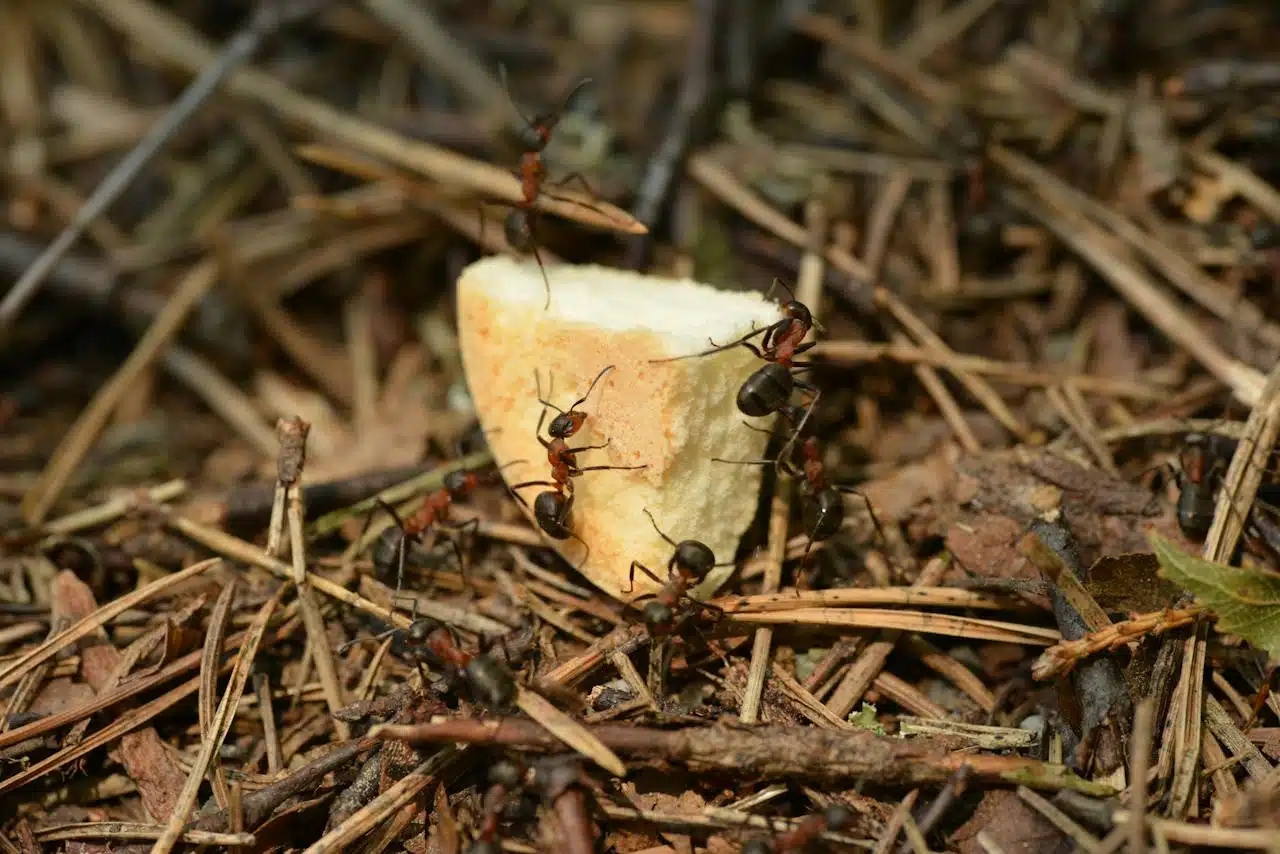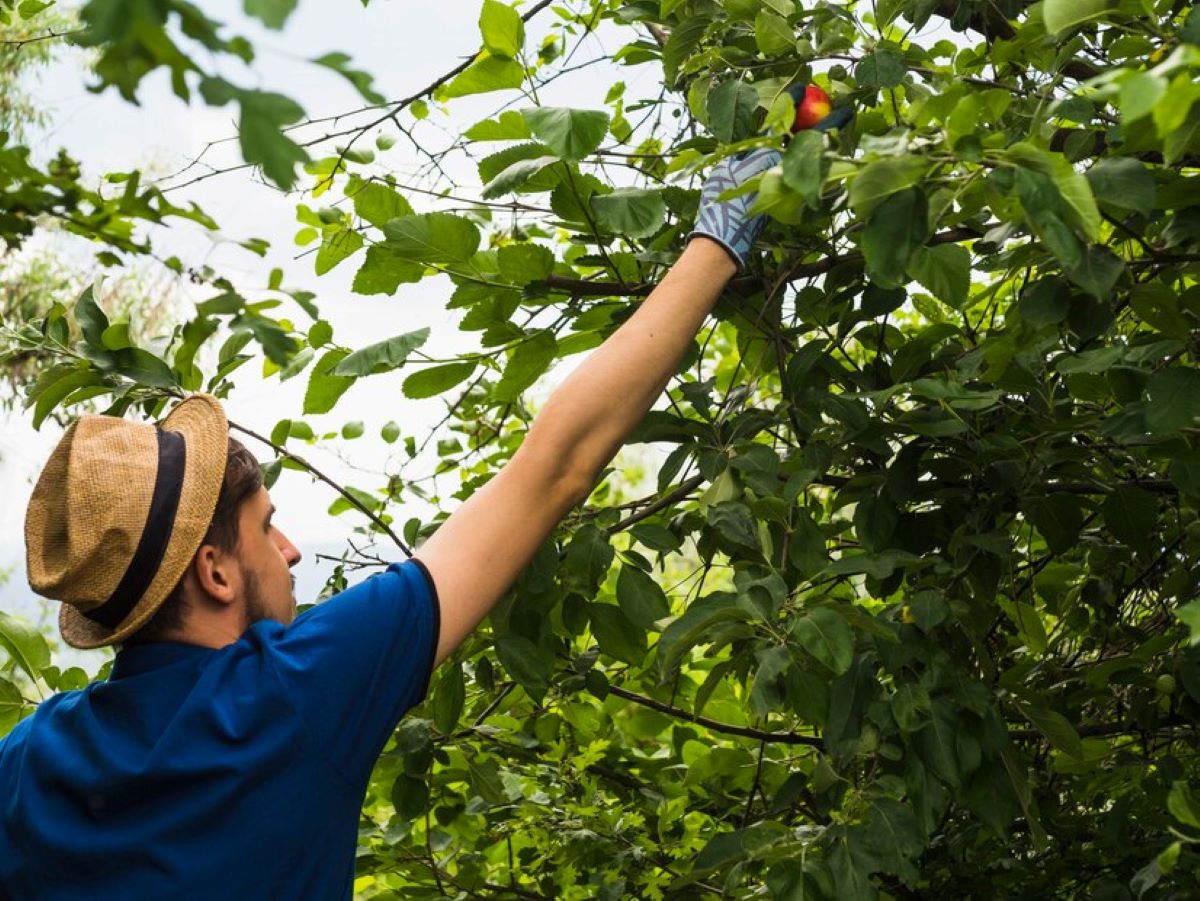Understanding Termites and Their Impact
Termites are often referred to as the “silent destroyers” of the insect world, and for good reason. These small, wood-eating insects can cause significant damage to homes and buildings, often going unnoticed until the destruction is extensive and costly to repair. In Sydney, where the climate is conducive to termite activity, homeowners must be vigilant in protecting their properties.
Termites thrive in warm, moist environments, making Sydney an ideal habitat. They primarily feed on cellulose, which is found in wood, paper, and other plant materials. This means that any wooden structure, from the beams of a house to furniture, can become a target. The financial implications of a termite infestation can be staggering, with repairs potentially running into thousands of pounds. Moreover, the emotional toll on homeowners can be significant, as the discovery of a termites sydney problem often leads to stress and anxiety regarding the safety and value of their homes.
In addition to the direct damage caused by termites, there are also indirect effects that can impact property owners. For instance, the presence of termites can lead to increased insurance premiums, as many policies do not cover damage caused by these pests. Additionally, the need for regular inspections and preventative treatments can add to the ongoing costs of home ownership. As such, it is essential for homeowners to educate themselves about the signs of termite activity, such as mud tubes, discarded wings, and hollow-sounding wood, to catch infestations early and mitigate potential damage.
Types of Termites Found in Sydney
In Sydney, the most common types of termites include the Eastern Subterranean Termite, the Drywood Termite, and the Formosan Termite. Each species has its own unique behaviours and preferences, which can influence the approach to treatment and prevention.
The Eastern Subterranean Termite is particularly notorious for its destructive potential, as it builds colonies underground and can travel significant distances to find food sources. Drywood Termites, on the other hand, typically infest dry wood and are often found in furniture or structural timber. Understanding the type of termite present is crucial for effective treatment. The Formosan Termite, an invasive species originally from Asia, has also made its mark in Sydney, exhibiting aggressive foraging behaviour and forming large colonies that can cause rapid and severe damage to properties. Their ability to thrive in a variety of environments makes them a formidable threat, necessitating a proactive approach to pest control.

Furthermore, the life cycle of these termites is fascinating and plays a significant role in their destructive capabilities. Termites undergo a complete metamorphosis, transitioning from eggs to nymphs and then to adults, which can include workers, soldiers, and reproductive individuals. The worker termites are primarily responsible for foraging for food and maintaining the colony, while soldiers protect against threats. This division of labour allows colonies to grow rapidly, with some reaching populations of millions. As such, understanding their biology and behaviour can aid in developing effective strategies for prevention and control, ensuring that homeowners can safeguard their properties from these relentless pests.
Signs of a Termite Infestation
Recognising the signs of a termite infestation early can save homeowners a great deal of money and stress. There are several indicators that suggest the presence of these pests.
One of the most common signs is the appearance of mud tubes, which termites construct to travel between their nests and food sources. These tubes, often found on walls or foundations, are about the width of a pencil and can be a clear indication of termite activity. Additionally, homeowners should be on the lookout for discarded wings, which are often found near windows or doors, as these indicate that termites are swarming.
Other Warning Signs
Other warning signs include hollow-sounding wood, which can indicate that termites have eaten away the interior of wooden structures. Small holes in wood surfaces may also be visible, along with frass, which is the droppings of termites that resemble sawdust. If any of these signs are observed, it is essential to act quickly to prevent further damage. Read more about the signs of a termite infestation at http://extension.msstate.edu/content/signs-termite-infestation
Preventative Measures Against Termites
Preventing a termite infestation is far more cost-effective than dealing with one after it has occurred. Homeowners in Sydney can take several proactive steps to protect their properties.
Firstly, it is important to maintain a dry environment. Termites are attracted to moisture, so fixing leaks, ensuring proper drainage, and using dehumidifiers in damp areas can significantly reduce the risk of infestation. Additionally, storing firewood and other wooden materials away from the home can help to deter termites from establishing a presence.
Regular Inspections
Regular inspections by a qualified pest control professional can also be invaluable. These experts can identify potential issues before they escalate, providing peace of mind for homeowners. It is recommended to schedule inspections at least once a year, particularly in areas prone to termite activity.
Effective Termite Treatment Options
If a termite infestation is confirmed, immediate action is necessary. There are several treatment options available, each with its own advantages and disadvantages.
One of the most common methods is the use of liquid termiticides, which are applied to the soil around the foundation of a home. This creates a barrier that prevents termites from entering. Another option is bait systems, which involve placing bait stations around the property. These stations contain a slow-acting insecticide that is taken back to the colony, ultimately eliminating the entire population. Click here to learn more about termite control methods.
Choosing the Right Treatment
Choosing the right treatment depends on the severity of the infestation, the type of termites present, and the specific circumstances of the property. Consulting with a pest control professional is crucial to determine the most effective approach.
Post-Treatment Care
After treatment, homeowners must take steps to ensure that termites do not return. This includes ongoing monitoring and maintenance of the property. Regular checks for signs of termites should continue, and any potential entry points should be sealed.
Additionally, it is advisable to maintain a barrier of at least 30 cm between soil and wood structures. This can help to deter termites from accessing the home. Keeping gutters clean and ensuring that water drains away from the foundation are also important steps in post-treatment care.

Long-Term Prevention Strategies
Long-term prevention strategies may also include the installation of physical barriers, such as steel mesh or concrete, during construction or renovations. These barriers can provide an additional layer of protection against termite entry.
Cost Considerations for Termite Treatment
The cost of termite treatment can vary widely depending on several factors, including the size of the property, the severity of the infestation, and the treatment method chosen. On average, homeowners can expect to pay anywhere from a few hundred to several thousand pounds for professional treatment.
While the initial cost may seem high, it is essential to consider the potential expenses associated with repairing termite damage. Investing in effective treatment and prevention can save homeowners significant amounts of money in the long run.
Insurance and Termite Damage
It is also worth noting that many standard home insurance policies do not cover termite damage. Homeowners should check their policies and consider additional coverage if necessary. This can provide financial protection in the event of an infestation.
Conclusion
Termite treatment and prevention are crucial aspects of home maintenance, particularly in areas like Sydney where these pests are prevalent. By understanding the risks, recognising the signs of infestation, and taking proactive measures, homeowners can protect their properties from costly damage.
Regular inspections and effective treatment options are key components in safeguarding against termites. Ultimately, investing time and resources into termite prevention can lead to a safer, more secure home for years to come.
Related : Termite Inspection Sydney: The First Step in Preserving Your Property



